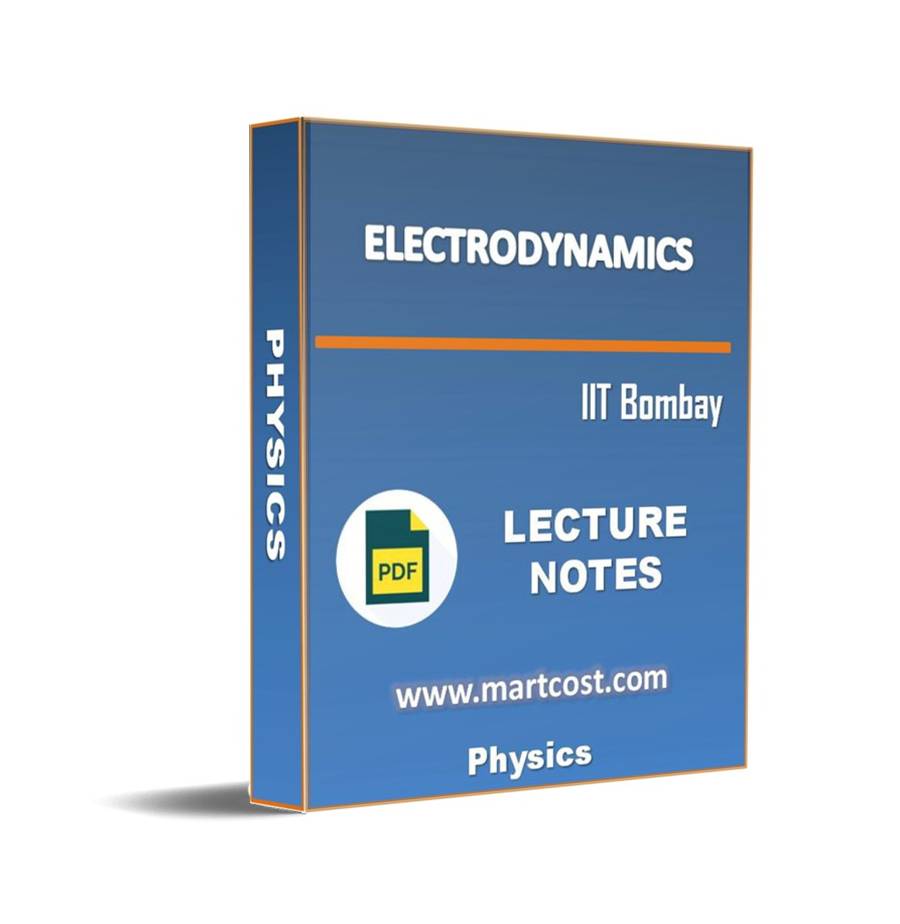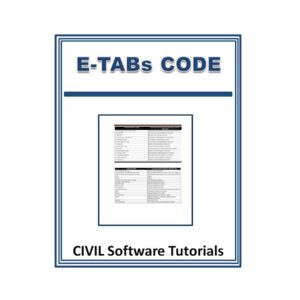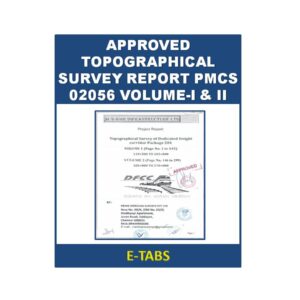Description
Name of Notes : – Electrodynamics Lecture Note
Introduction
electrodynamics, study of phenomena associated with charged bodies in motion and varying electric and magnetic fields (see charge; electricity); since a moving charge produces a magnetic field, electrodynamics is concerned with effects such as magnetism, electromagnetic radiation, and electromagnetic induction, including such practical applications as the electric generator and the electric motor. This area of electrodynamics, often known as classical electrodynamics, was first systematically explained by the physicist James Clerk Maxwell. Maxwell’s equations, a set of differential equations, describe the phenomena of this area with great generality.
A more recent development is quantum electrodynamics, which was formulated to explain the interaction of electromagnetic radiation with matter, to which the laws of the quantum theory apply. The physicists P. A. M. Dirac, W. Heisenberg, and W. Pauli were the pioneers in the formulation of quantum electrodynamics. When the velocities of the charged particles under consideration become comparable with the speed of light, corrections involving the theory of relativity must be made; this branch of the theory is called relativistic electrodynamics. It is applied to phenomena involved with particle accelerators and with electron tubes that are subject to high voltages and carry heavy currents. Atomic physics is the subfield of AMO that studies atoms as an isolated system of electrons and an atomic nucleus, while molecular physics is the study of the physical properties of molecules.
The term atomic physics is often associated with nuclear power and nuclear bombs, due to the synonymous use of atomic and nuclear in standard English. However, physicists distinguish between atomic physics — which deals with the atom as a system consisting of a nucleus and electrons — and nuclear physics, which considers atomic nuclei alone. The important experimental techniques are the various types of spectroscopy. Molecular physics, while closely related to atomic physics, also overlaps greatly with theoretical chemistry, physical chemistry and chemical physics.[4]
Both subfields are primarily concerned with electronic structure and the dynamical processes by which these arrangements change. Generally this work involves using quantum mechanics. For molecular physics, this approach is known as quantum chemistry. One important aspect of molecular physics is that the essential atomic orbital theory in the field of atomic physics expands to the molecular orbital theory. Molecular physics is concerned with atomic processes in molecules, but it is additionally concerned with effects due to the molecular structure. Additionally to the electronic excitation states which are known from atoms, molecules are able to rotate and to vibrate. These rotations and vibrations are quantized; there are discrete energy levels. The smallest energy differences exist between different rotational states, therefore pure rotational spectra are in the far infrared region (about 30 – 150 µm wavelength) of the electromagnetic spectrum. Vibrational spectra are in the near infrared (about 1 – 5 µm) and spectra resulting from electronic transitions are mostly in the visible and ultraviolet regions. From measuring rotational and vibrational spectra properties of molecules like the distance between the nuclei can be calculated.[6]
As with many scientific fields, strict delineation can be highly contrived and atomic physics is often considered in the wider context of atomic, molecular, and optical physics. Physics research groups are usually so classified.
Modules / Lectures
- Module 1 : Electromagnetic waves
- Module 2 : Relativity and Electrodynamics
- Module 3 : Relativistic ED: applications








Reviews
There are no reviews yet